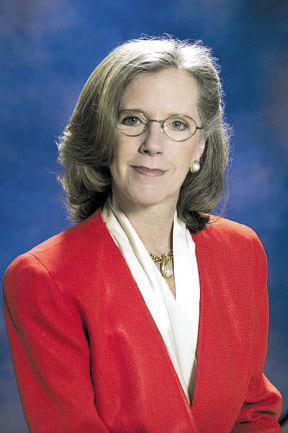Many of the obstacles and strategic issues that utilities face today are all too familiar. This time they must be solved with a different business model.
Judith Warrick is senior advisor at Morgan Stanley. Contact her at Judith.Warrick@morganstanley.com.
In the 1970s, the industry struggled under the burden of a huge capital expenditure program to improve reliability that came on top of spending needed just to keep up with customer demand. Inflation reared its ugly head. Interest rates began to rise. Fuel prices doubled, then doubled again. And the icing on the cake: new environmental laws that mandated costly new equipment. Sound familiar?

All those costs for environmental spending, coupled with higher reliability and increased demand, led to higher customer rates. No longer did new investment mean lower prices and happy stakeholders.
At first, it didn't matter. Regulators were supportive. They understood. They wanted adequate supply and higher reliability and cleaner air. They knew costs were out of control.
So they approved the price increases and supported the plans for new capacity-and the capital expenditure programs necessary to fund them. They supported environmental spending and new plant to meet greater customer demand, understanding that geopolitical factors caused rising fuel prices-even as they happily passed along those increases, too.
But finally it all began to take its toll. The price increases began to pinch, consumers complained, and politicians listened. Gubernatorial races turned on promises to stop rising utility rates and "restructure" those utility commissions that simply rubber-stamped outrageous requests.

